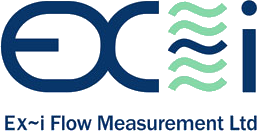In January 2017, Singapore will become the first bunkering port in the world where the use of mass flow meters will be mandatory.
Mass flow meters measure the flow rate of materials through pipes and help gauge the quantity, mass and density of bunker fuel.
Industry professionals say adopting mass flow meters could provide many benefits. “The mass flow meters will give ship owners more information about the type of suppliers they could work with and make better purchase decisions from the knowledge gained” said Seah Khen Hee, chairman of the Singapore Standards Council.
In addition the market prices now vary from $5 to $10 per metric tonne (pmt) but this could grow to $20 or even $50 with the higher prices for bunkers sold which use mass flow metering measurements. Advocates say they will bring greater transparency and improve quality and quantity standards, providing fairer measurements for trading than methods like sounding tape.
Already some of the players on the Maritime and Port Authority of Singapore’s (MPA) Licenced Bunker Supplier Information Sheet are using mass flow meter technology. And although the meters will be widely used for delivery of bunker fuel, there has been interest in using them for loading of fuel from short-tank terminals, in order to better track fuel inventories of loading from terminals and delivering to ships.
What does Singapore making flow meters mandatory mean for the worldwide shipping industry? The industry’s rate of adoption of mass flow meters will determine their success and shipowners’ preferences will determine whether the worldwide industry will shift to mass flow meters.
Related Articles:
What’s on the Pipeline – Flow Measurement for Marine and Shipbuilding
Thermal Mass Flow Meters – Reducing Combustion Energy Consumption
